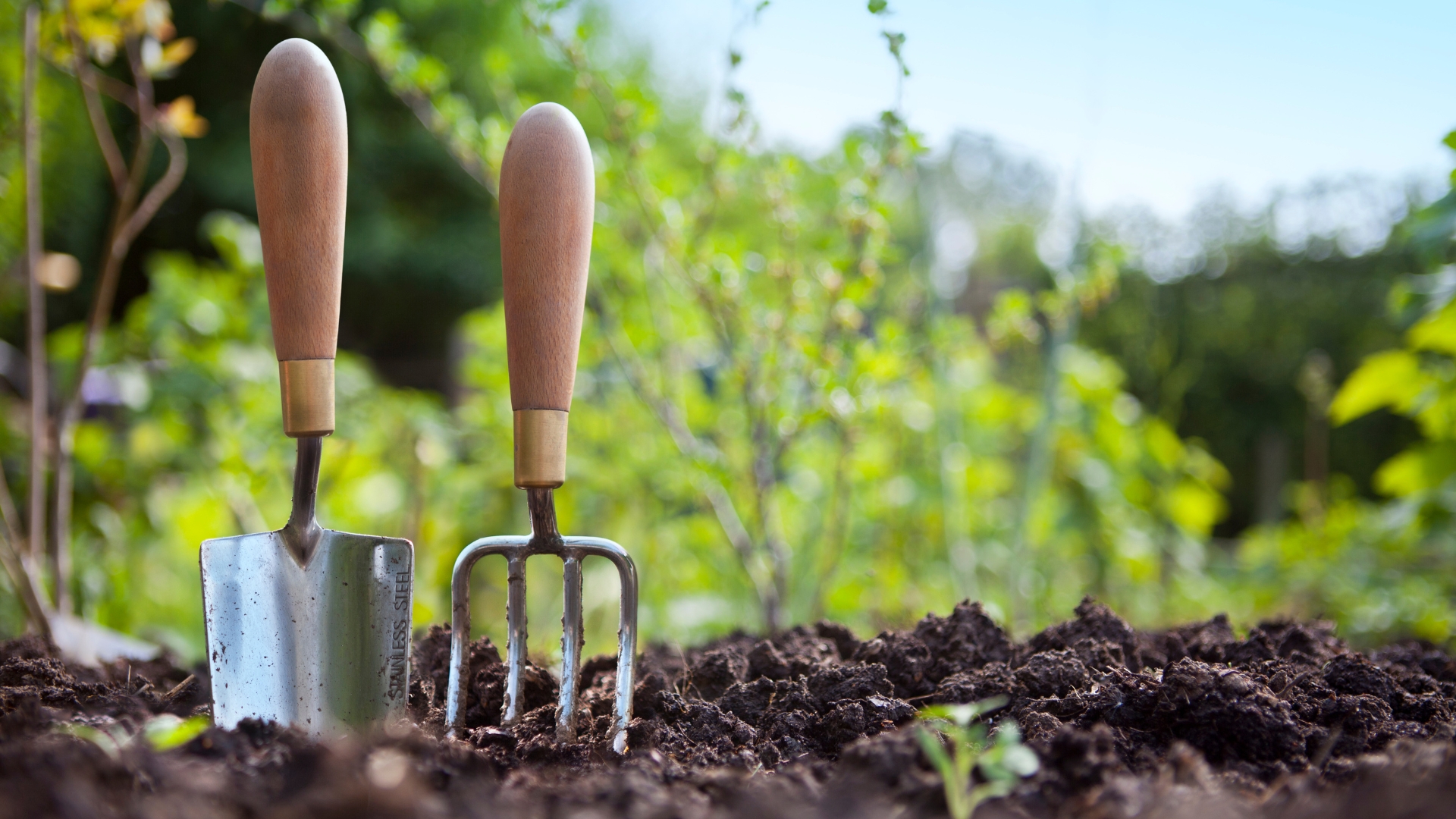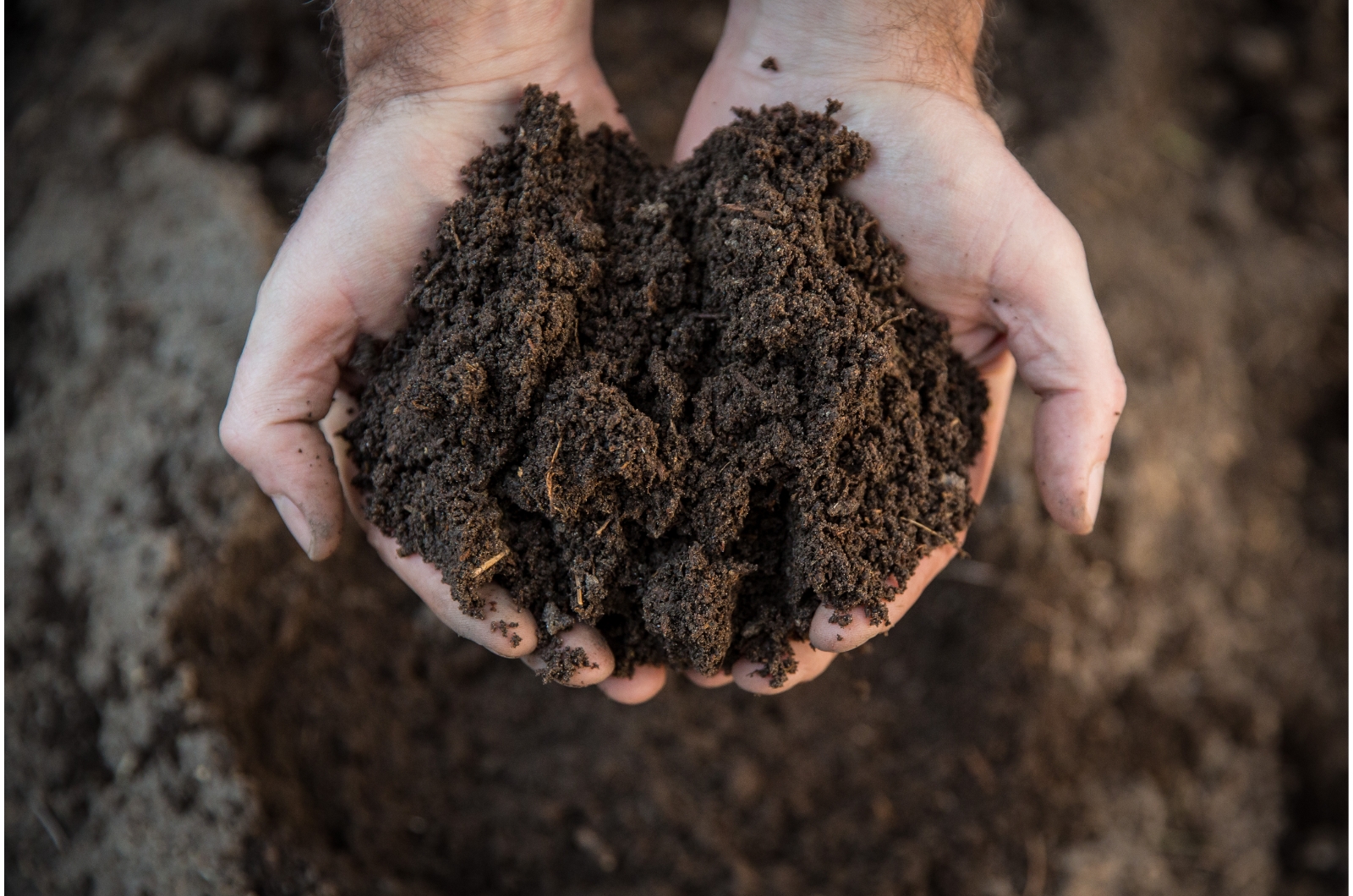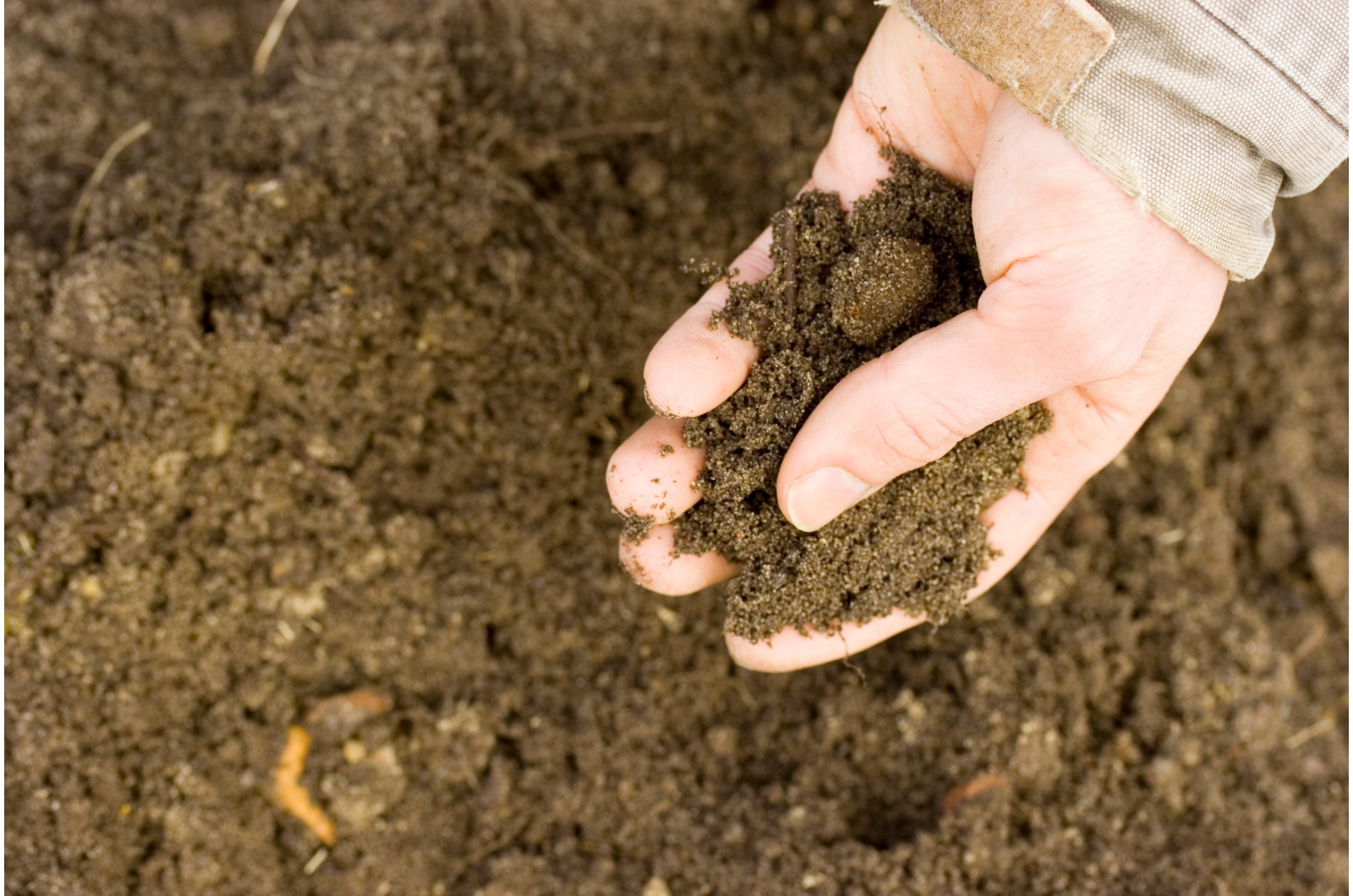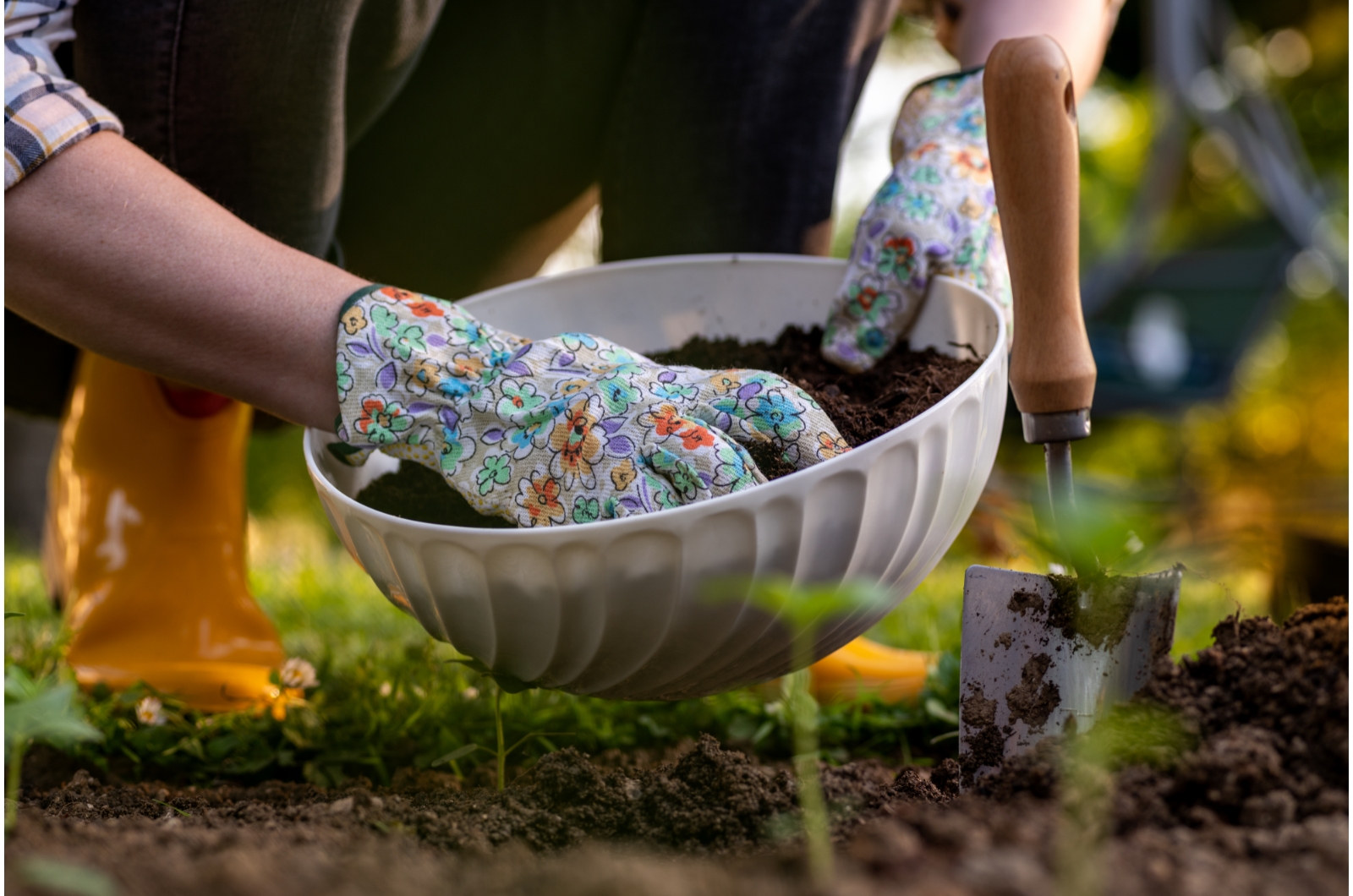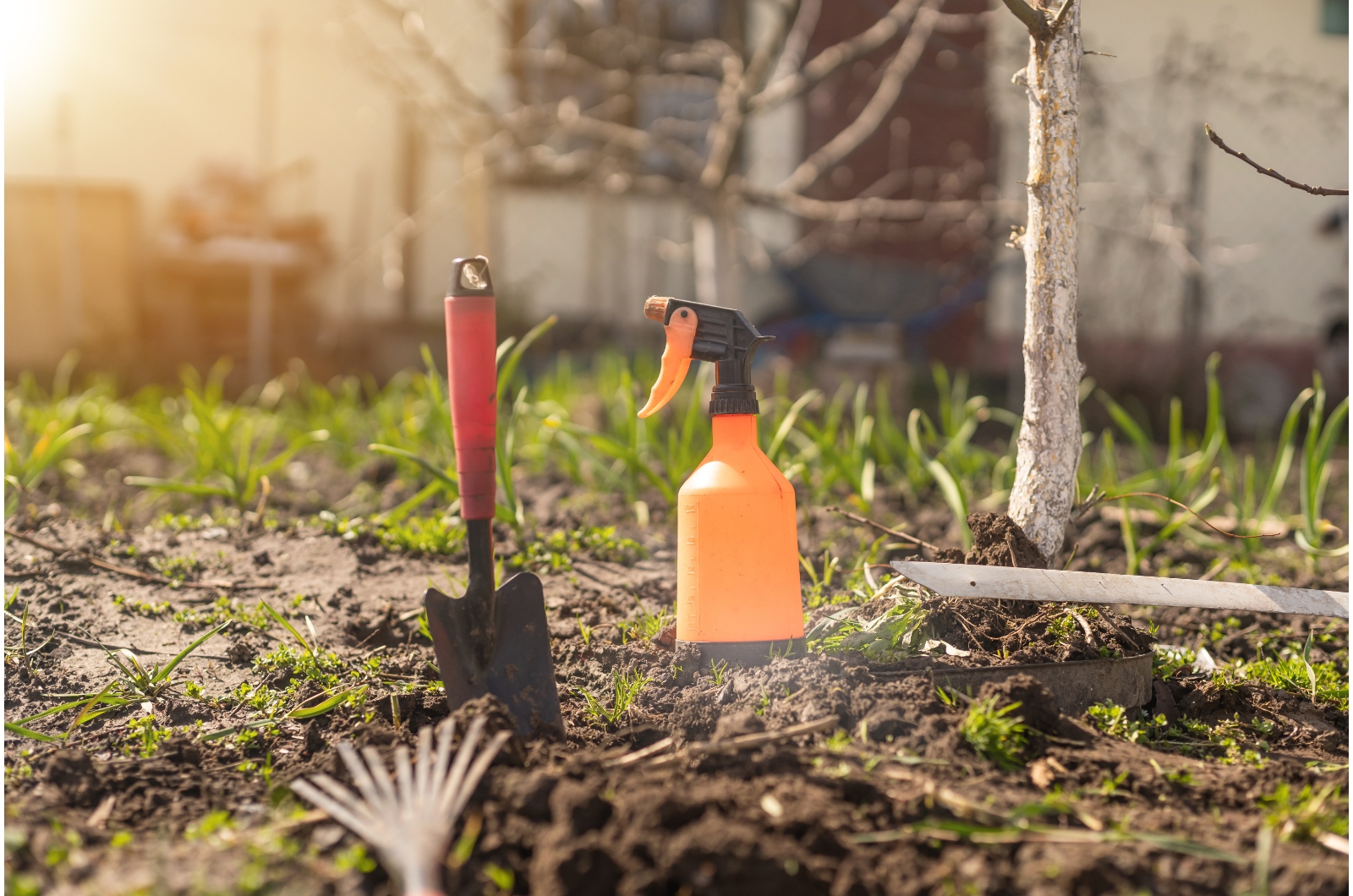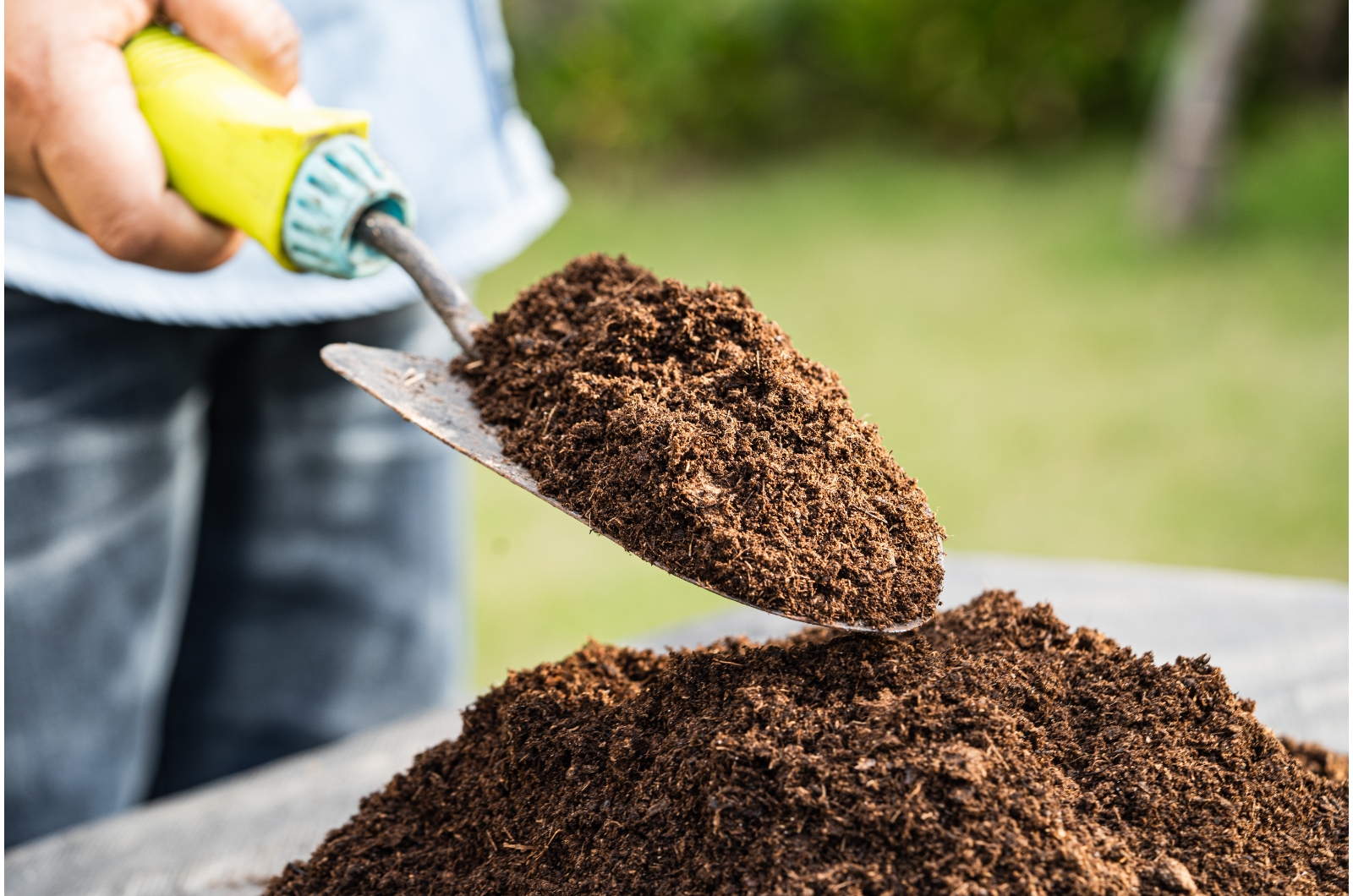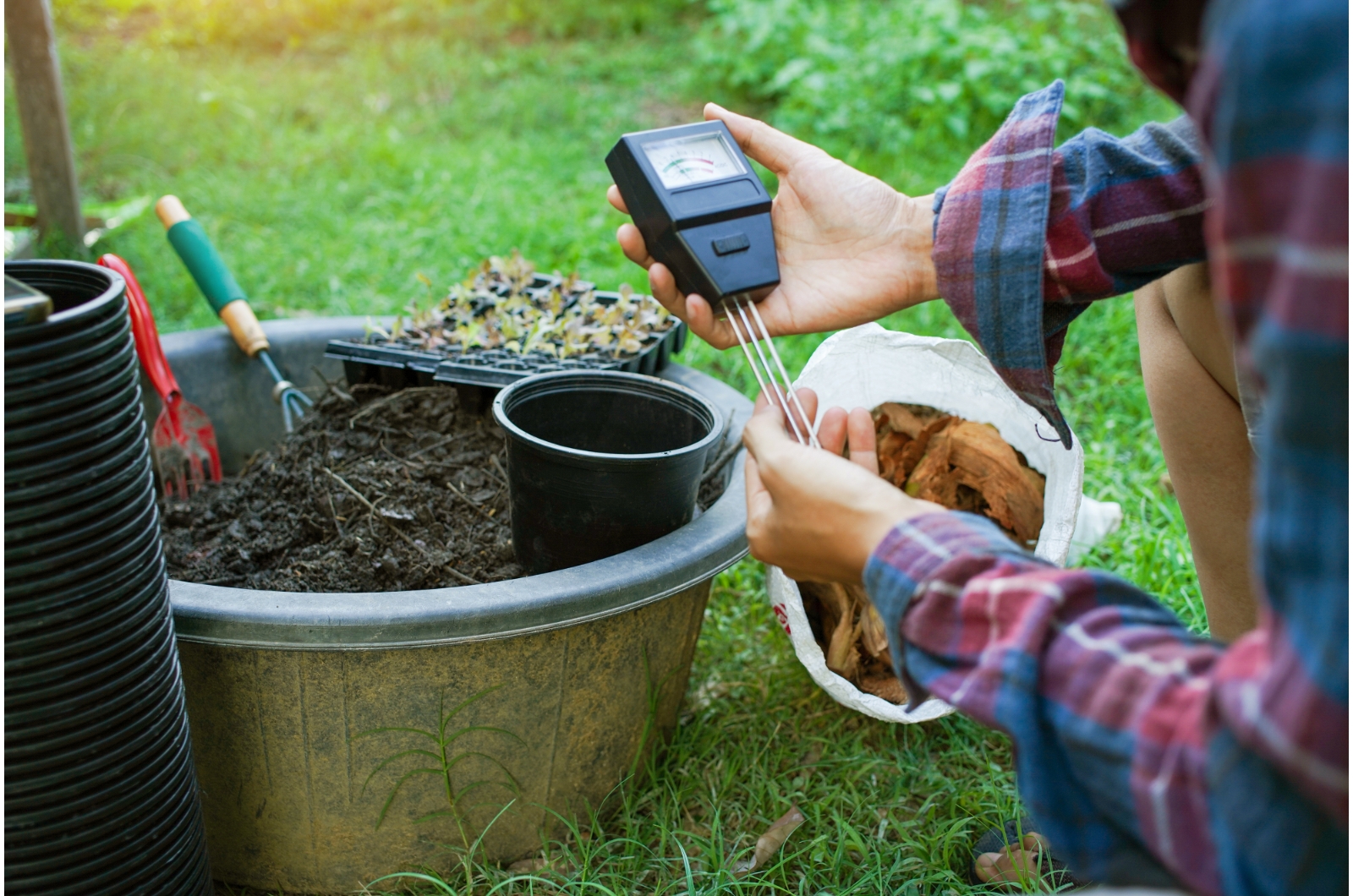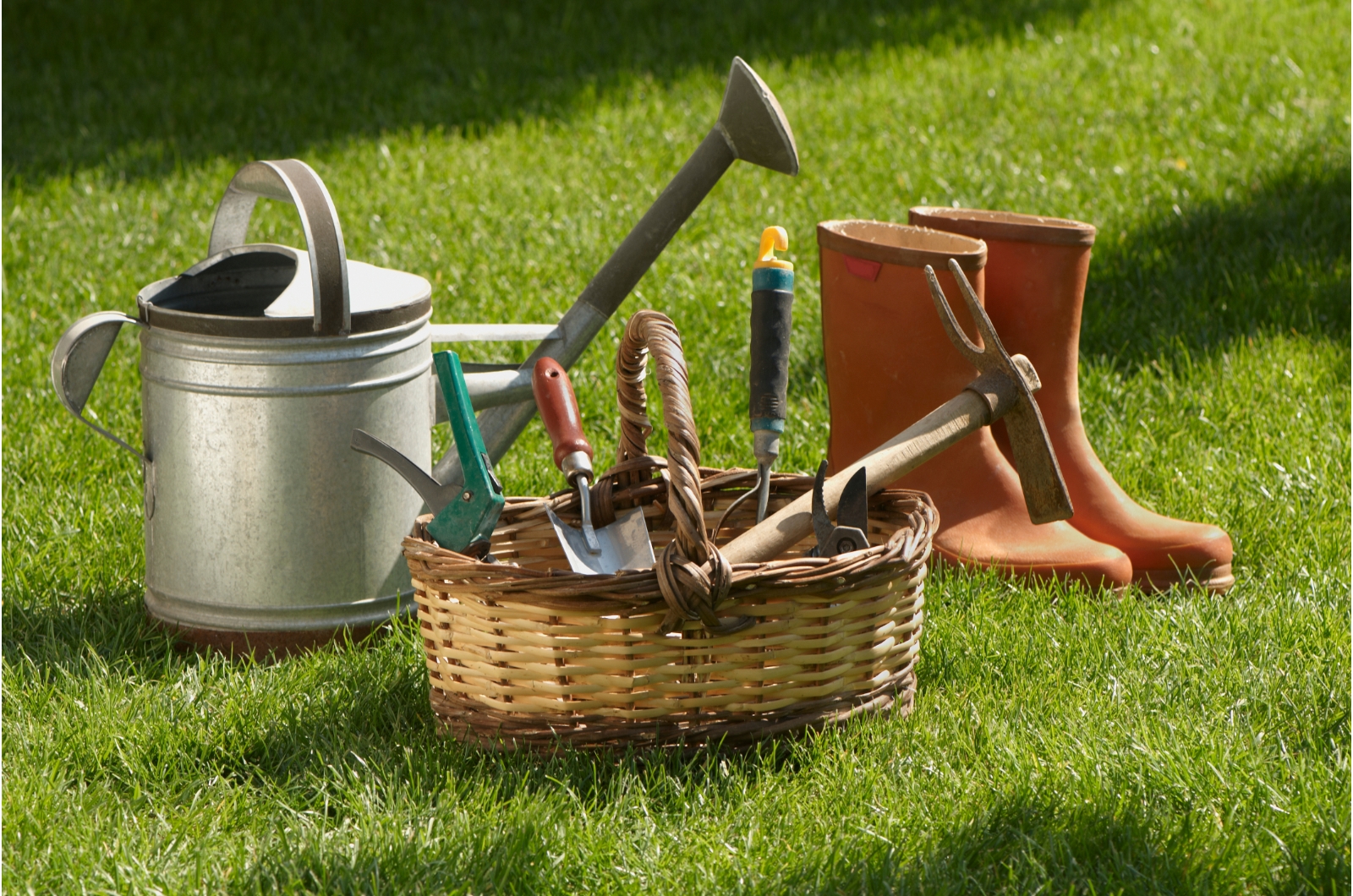If you’ve ever wondered about the secret of lush gardens filled with thriving plants, you might be surprised to learn the key to such success.
Healthy soil is actually responsible for everything. Nutrient-rich soils with ideal drainage and moisture retention are all your green buddies need.
No matter which plants you grow, you need to focus on ensuring the perfect soil type. But don’t worry, I’ve got you covered!
In this article, I’ll show you how to prepare your garden soil for planting. I’ll tell you what makes the soil perfect and what to do to achieve it!
Let’s get started!
What Healthy Garden Soil Looks Like
Nutrients, drainage, and water retention are the three key factors to consider when preparing the garden soil.
The roots need access to these resources, especially in topsoil. Soil earthworms and similar beneficial creatures will ensure healthier root development of your plants.
The castings of these invertebrates boost nutrient levels in the soil, and these creatures are also responsible for aeration, which occurs after they dig tunnels.
The organic matter we add over the soil, such as ground bark, will create a layer of hummus once it decomposes.
The lower part of the soil, commonly known as subsoil, may not be as important, so our main goal is to ensure high-quality topsoil.
Adding organic soil amendments, cover crops, and organic fertilizers is the best method for creating perfect garden soil.
How To Check The Soil Texture
In all types of soil, tiny mineral particles result from the gradual disintegration of rocks. Alongside differing levels of organic material, air, and water, these particles collectively form the soil’s composition.
The texture of the soil, be it clay, sandy, or loam, is decided by the size and shape of these particles.
If you’re unsure about the texture of your soil, here are the steps to check it.
1. Water your plot generously and let it air-dry for a day.
2. Take a handful of soil and give it a firm squeeze. If it molds into a compact, slippery ball, the soil is mainly clay.
If it feels gritty, doesn’t retain its shape, and crumbles upon release, it’s sandy. And if it’s slightly crumbly when you squeeze it, yet it holds a loose ball, it’s considered loam.
3. Amend the soil with ingredients that will help you get the desired texture.
Soil Amendment Types
Here are the amendments that will help you get the desired texture for your garden soil.
Compost
Compost stands out as one of the most renowned and effective soil amendments. This super-beneficial material will improve the drainage of the soil, enhance moisture retention, and add necessary nutrients.
Another good thing about compost is that it’s available in all garden centers and nurseries. However, if you want the best possible compost for your plants, you should consider home composting.
Shredded leaves, grass clippings, and fruit leftovers are just a few of the things you can add to your compost.
Manure
Another ingredient that can increase the nutrient levels in your garden soil is manure. But you need to be careful if you decide on this amendment.
First, you should never use fresh manure because it contains soluble salts which cause a lot of damage to plant roots.
Additionally, do not use manure that comes from animals that eat food treated with herbicides. These chemicals will stay in the soil and can be fatal for your plants.
Composted cow manure with a well-balanced nutrient profile is readily available in bags at your local garden center and doesn’t emit an unpleasant odor.
Sphagnum Peat Moss
One of the advantages of sphagnum peat moss is that it can increase acidity in your soil, but you may have heard about the environmental impact of overmining certain peat bogs.
If you want a more eco-friendly option, you can go with coir fiber. Derived from the coconut fiber industry, it is sold in bales, bricks, and discs that expand upon soaking in water. Unlike peat, coir fiber does not contribute to soil acidification.
Wood Products
If you have clay soil, you should consider amending it with wood products such as ground bark because it can help to disperse fine clay particles.
You should be careful if you decide on wood products because they can extract nitrogen from the soil. Make sure to add nitrogen to the soil; you can use soil conditioners that already contain this mineral.
Tips For Amending Your Soil
If your soil needs improvement, here’s how to do it.
1. Start by adequately moistening the soil and letting it air-dry for a few days before digging. Avoid working with soil that is either too wet or too dry.
2. Dig to a depth of approximately 10 inches, breaking up dirt clods and removing stones or debris along the way. For small areas, a spading fork works well, while larger beds may benefit from a rotary tiller.
3. Add some fertilizer at this stage by spreading it evenly over the soil according to the label guidelines. Work the fertilizer into the topsoil for the best results; choose a spading fork or tiller for the job.
4. Level the bed with a rake, ensuring any remaining clods of soil are broken up.
5. Water the improved soil thoroughly and allow it to settle for at least a few days before proceeding with planting
Tips For Checking Soil Drainage
If you want your plants to be happy and healthy, you need to have soil with good drainage. Inadequate drainage traps water in pore spaces, preventing essential air from reaching roots and beneficial soil organisms.
Some of the factors that contribute to poor drainage are soil texture, low-lying terrain, the impact of heavy machinery, and constant foot traffic on planting areas.
The most effective method for improving drainage involves adding large quantities of organic matter to your garden soil.
Another option is to regrade the area for improved water drainage or create raised beds filled with high-quality soil.
How To Check Garden Soil pH
The next essential thing for your plants is the soil pH. Plants may have different pH requirements but an optimal pH range for most plants is between 5 to 7.2.
Remember that extreme pH levels can result in vital nutrients becoming chemically bound in the soil, making them unavailable to plant roots. This can result in many issues in your plants such as stunted growth.
Acid soil is predominant in regions with heavy rainfall and high organic matter, such as Southeast and East Texas. While most plants thrive in mildly acidic soil, highly acidic soils can be challenging. If your soil is too acidic, you’ll be limited to growing only acid-loving plants.
Alkaline soils are typically found in areas with light rainfall, like Texas and Oklahoma, and are high in calcium carbonate. The majority of our green buddies can thrive in these soils, with the exception of rhododendrons and azaleas.
Salty soils are mainly found near the seashore or they may be caused by excessive fertilizer use. Salty soil interferes with water absorption, which can cause difficulties in the nutrient uptake of your plants.
If your plants grow in such conditions they could display symptoms such as scorched leaves or browned leaf margins.
When uncertain about your soil’s pH or nutrient status, employ a soil test kit from a nursery. Make necessary adjustments by adding lime to increase acidity or sulfur for alkaline soil.
If your soil is on the salty side, you should add some organic matter and periodically flood the soil to wash away salts.
Must-have Garden Tools And Supplies
I’m one of those gardeners who enjoys purchasing tools for their garden. However, some of them are must-haves and I highly recommend investing in them.
A round-point shovel is perfect for loosening your soil and digging holes when planting your plants.
If you need to prepare the soil for planting and make some trenches, a garden spade is the only thing you need.
When amending your soil with compost or other ingredients, you definitely need a spading fork. Finally, a soil rake and trowel will make your gardening chores way easier.
With your soil at its best, you’re well-prepared to start planting your favorite species!

